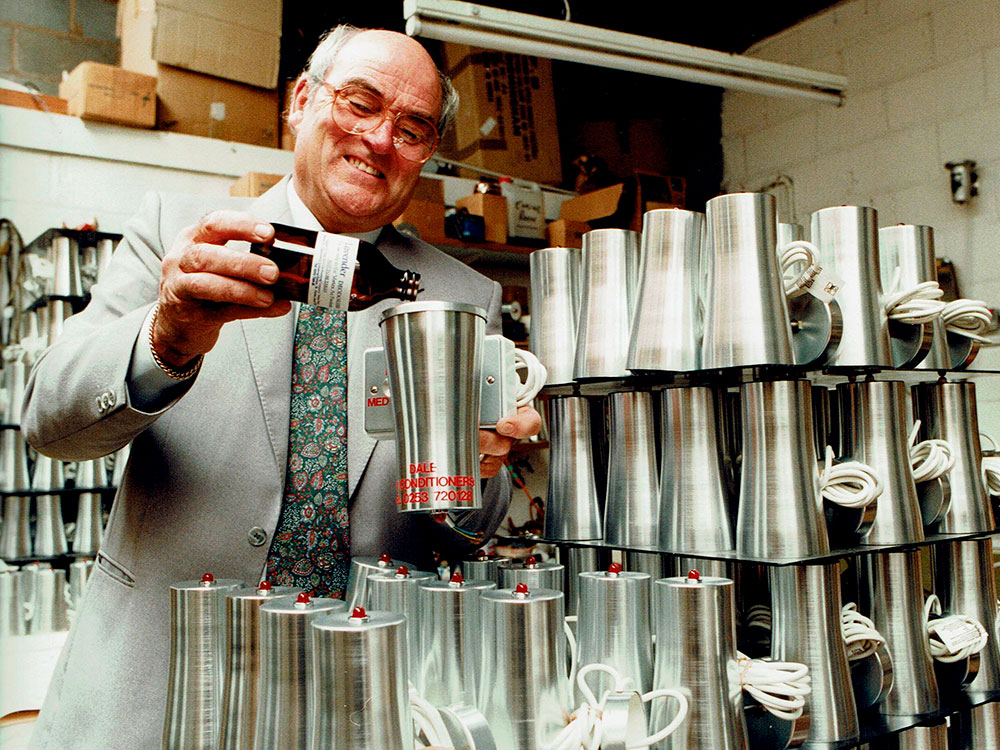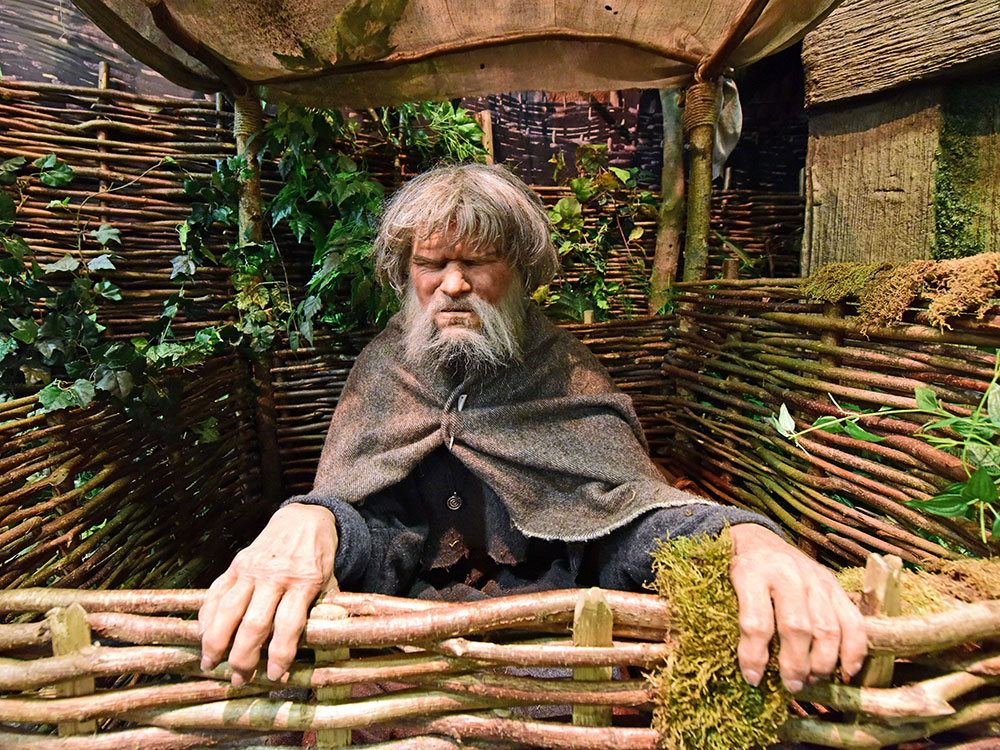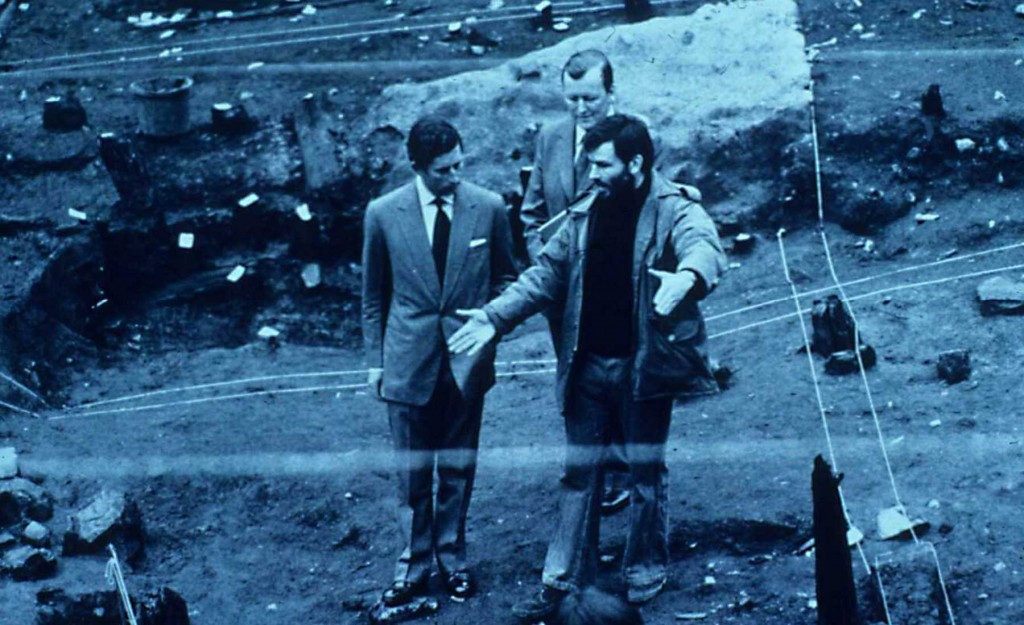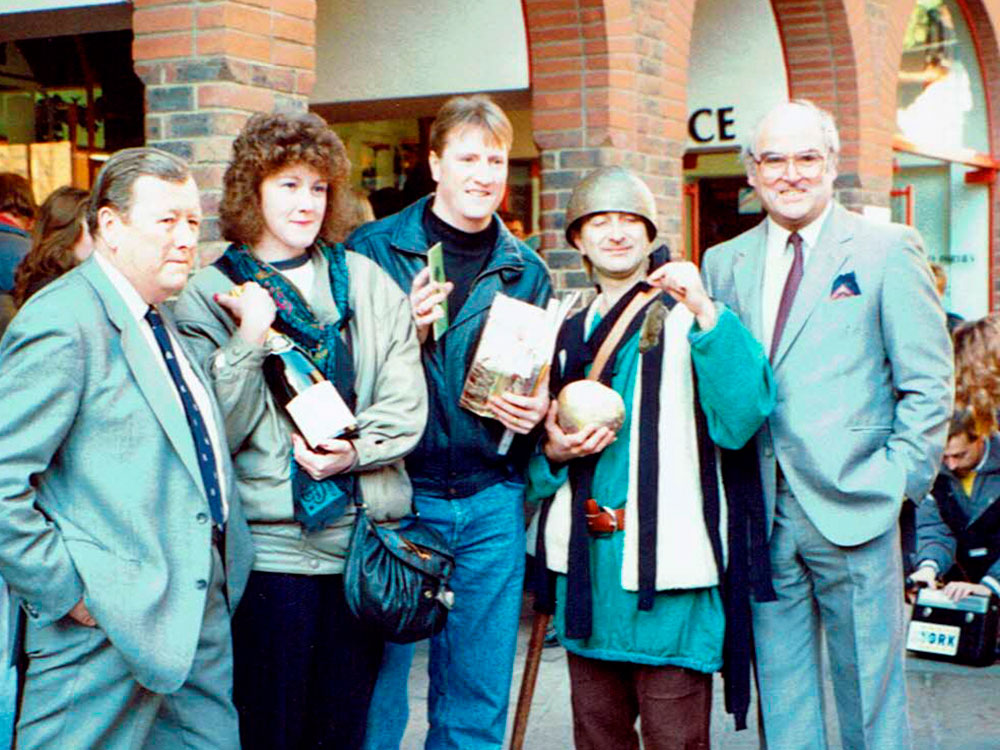It is not just the sights and sounds that enchant visitors to the Jorvik Viking Centre – it’s the smells too!
And the team who created all the distinctive Norse niffs is now celebrating its 50th birthday.
To mark the anniversary, AromaPrime has released some evocative old pictures and footage of Jorvik around the time of its opening in Coppergate, York, in 1984.
Today, AromaPrime, based in Rochdale, creates historically-accurate smells for museums around the world, having worked on a T-rex odour with the Natural History Museum’s paleontologists.
And they have also brought more smells York attractions, including odours to bring the Victorian period to life at the Castle Museum, and even magical whiffs for Hole in Wand golf attraction in the Coppergate Centre.
The Viking smells in Blackpool Pleasure Beach’s Valhalla ride were also inspired by those at Jorvik.
Huge challenge

Founded in 1973, AromaPrime started out making pleasant fragrances, before Jorvik Viking Centre got in touch in the early 1980s.
Company founder Fred Dale was asked to produce a range of smells to bring the recreated Viking settlement to life.
This was a huge challenge at the time, but archaeological findings at York meant the odours could be true to the past.
The soil’s waterlogged nature meant that timber and clothing were well-preserved.
[adrotate group=”3″]
Meanwhile, AromaPrime had an insight into the diets of the Vikings from the waste in the cesspits, which archaeologists sniffed for themselves.
Along with making smells like woodsmoke, apples, fish, leather-work and goat poo, Fred Dale advised on the museum’s blueprints, to ensure the scents were applied as effectively as possible.
And they were memorable smells! One study saw past visitors of Jorvik smelling the same odours they had experienced at the museum, years after their visit – and they brought back vivid memories of the museum.
After the Jorvik Viking Centre unfortunately flooded in 2015, new smells were introduced as part of the refurbishment.
AromaPrime worked with the York Archaeological Trust experts to pin-point the plants found in a 10th century forest, and they also developed a stinky tallow candle smell.
And an amazing new scenting system was brought in, with underground tubes leading from an innovative smell station hidden inside one of the Viking huts!
Immersive experience

Dr Chris Tuckley, head of interpretation and learning at Jorvik Viking Centre, said the smells are vital to the immersive experience.
“Most famously, the smells of cesspits and their rotting contents produce a sense of filth and squalor by 21st century standards, but other smells carry the message that the Viking-era city was a busy, productive and connected place.
“For this reason, we have the smell of smoke and fumes created by the city’s metalworkers; of tallow candles that lit the gloomy interiors of workshops and houses; of the incense burned by the priests who served the city’s Christian populace; of the forests and marshy, wild areas that fringed the city; and the fishy smell of a quay on the river Foss where the fishermen landed their catch.
“We know from visitor feedback gathered over the last quarter century that our visitors find Jorvik’s smells one of the most memorable aspects of their visit.”

Liam R Findlay, heritage scenting consultant at AromaPrime, said: “Back in the 1980s, most museums were stuffy, full of glass cases and text on walls.
“Jorvik Viking Centre’s use of smell reflects how pioneering it was. The way it immersed visitors in the past allowed them to understand life back then in a very personal and engaging way.
“Jorvik changed the museum landscape not only through its design, but also in the way it boosted AromaPrime’s exploration of history smells, influencing the role of olfactory interpretation in heritage right up to today.
“Children who visit Jorvik Viking Centre often remember the legendary man on the toilet, Bogar, and his cesspit pong. It is amusing to think that the now-King Charles once had a whiff of this when he visited!”
[tptn_list limit=3 daily=1 hour_range=1]
